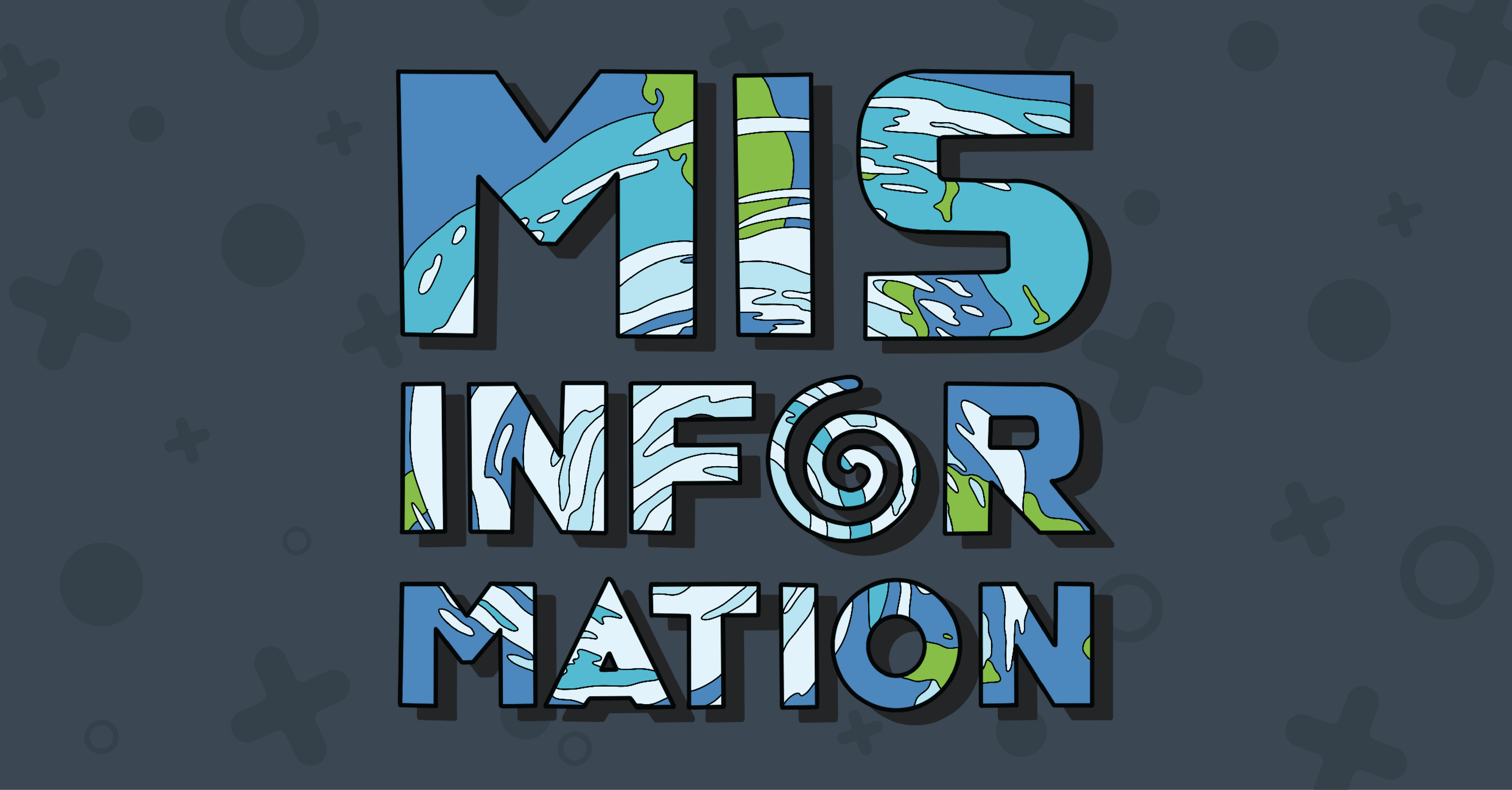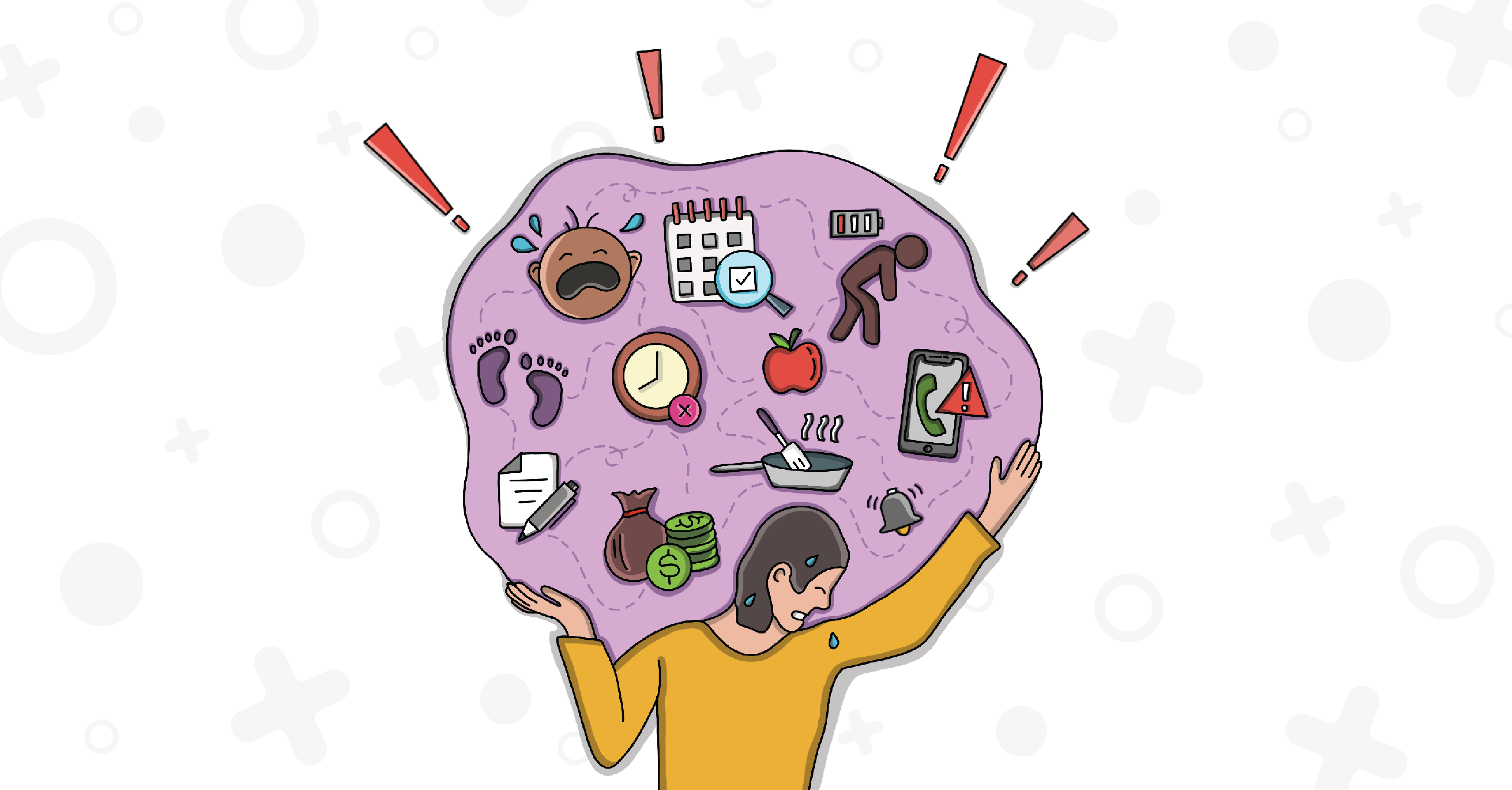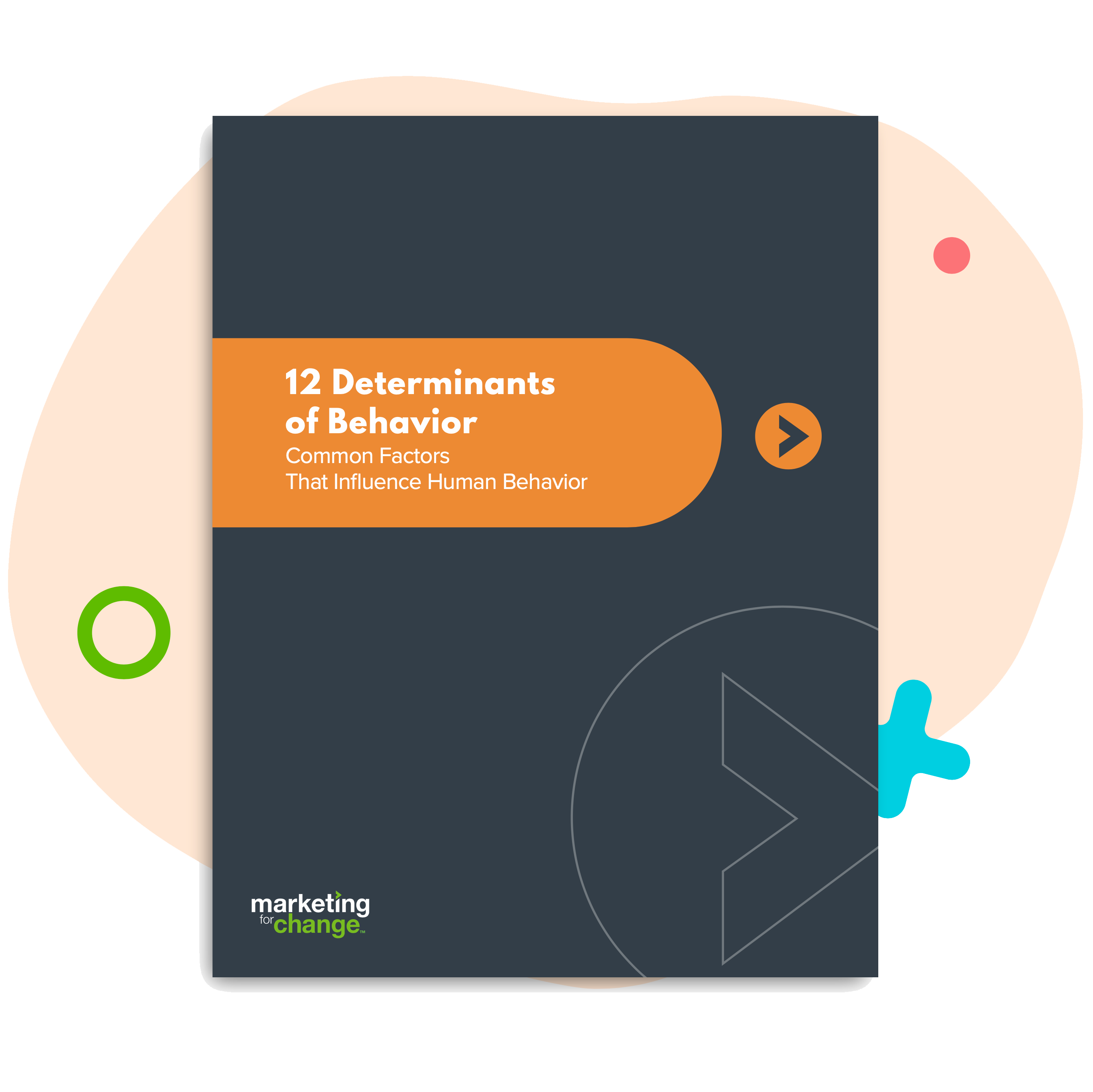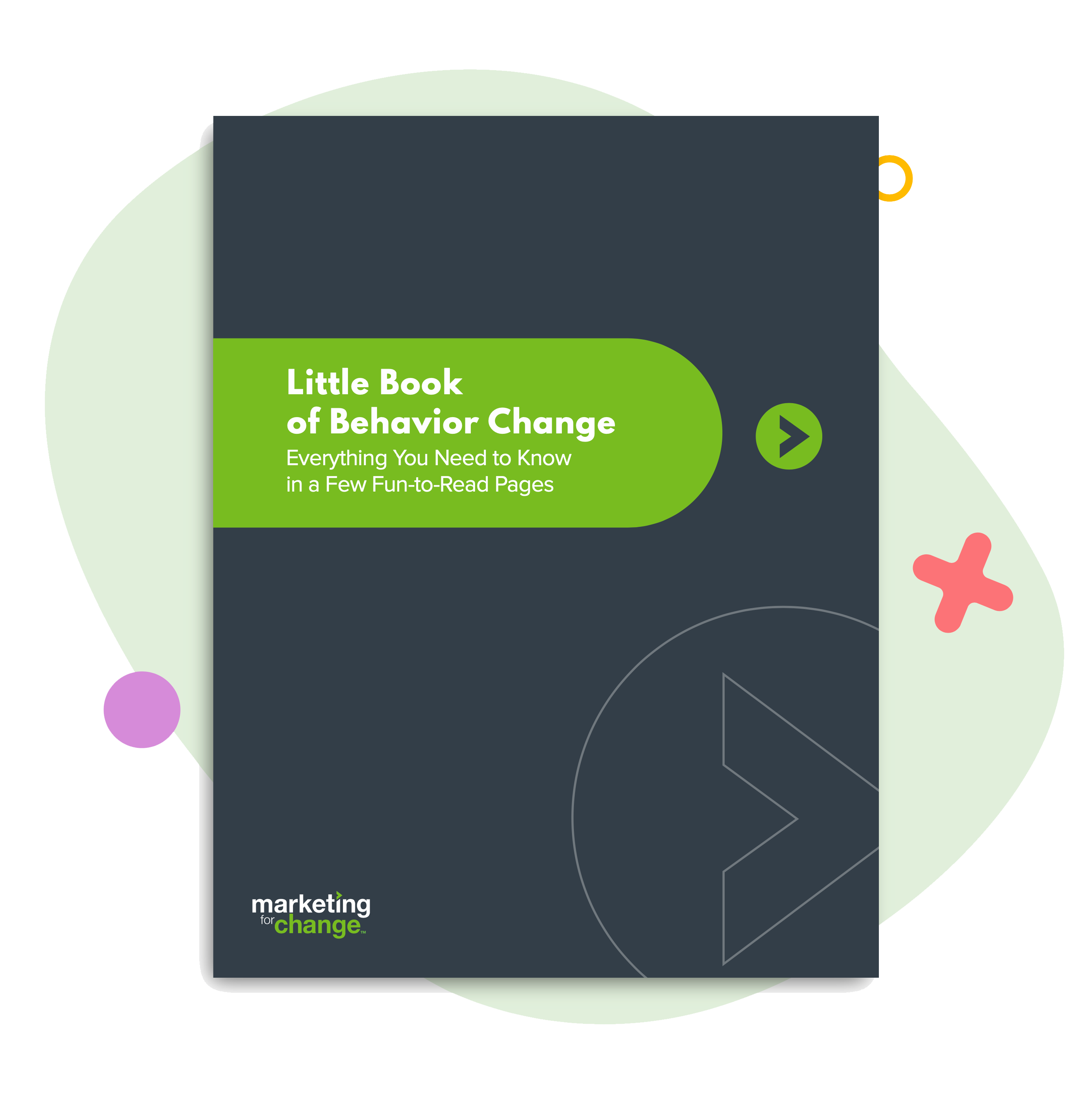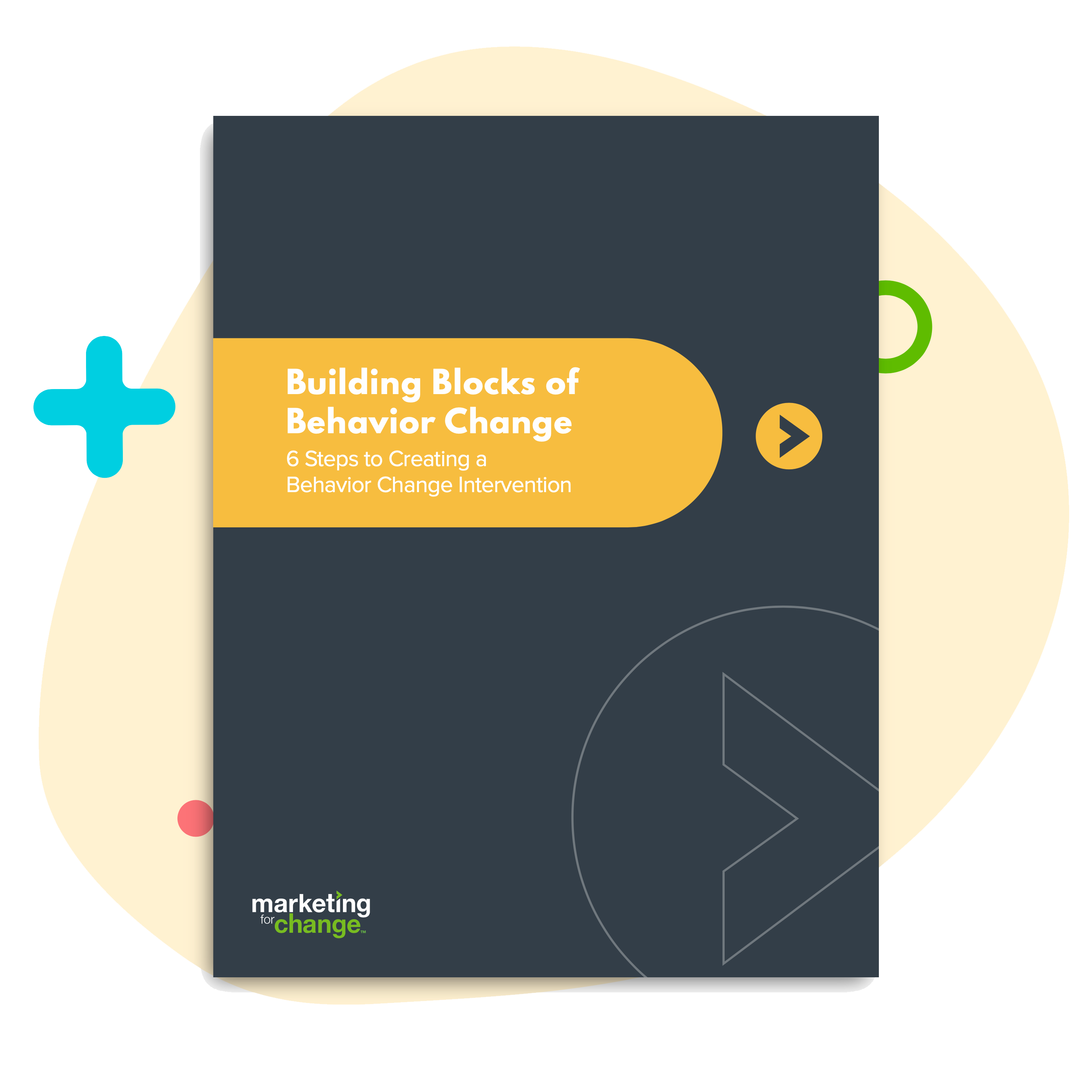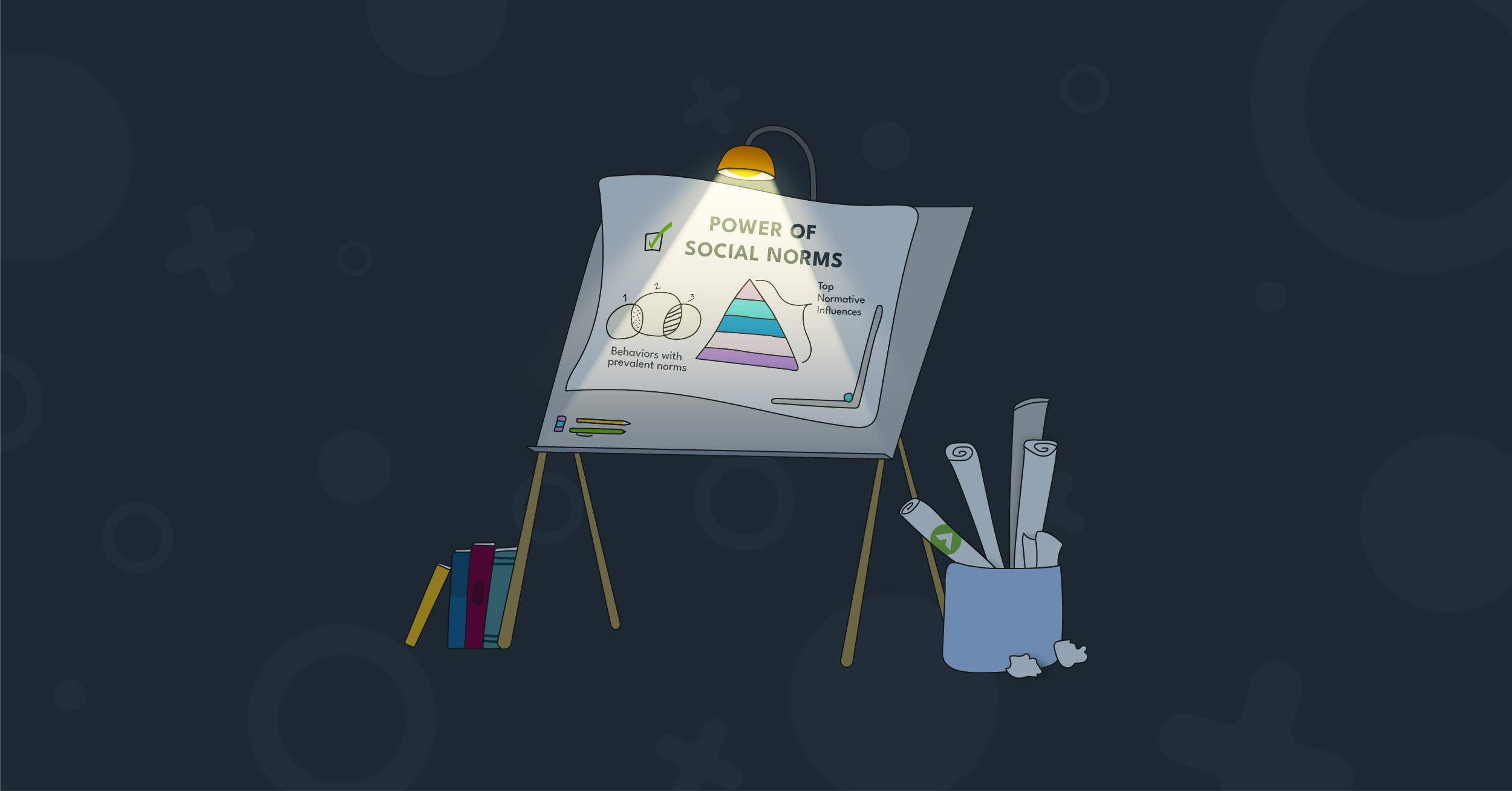
How to Use Social Norms in Your Next Behavior Change Campaign
The rebel in us may not want to believe it, but we humans often do what we do because of what OTHER people are doing. Imagine that feeling when you first walk into a room of people – could be a work meeting, a friend’s birthday party or even going to the grocery store. Unconsciously or consciously, you are taking it all in: What is everyone else doing? Is there someone/something directing people what to do? What are people expecting me to do?
Here are some everyday examples.
- Logging into a virtual meeting – camera on or off?
- Arriving at a dinner party – immediately find a seat or stay standing?
- Driving on highway – drive in the left lane or the right lane?
When you log into that meeting and see most people with their cameras on and you then switch yours on – that’s social norms influencing your behavior. When you walk into a dinner party and see no one has taken a seat so you stay standing too – that’s social norms at work. When you are driving in the right lane on the highway because you don’t want to be in the way of those driving faster in the left lane (or you are the one speeding in the left lane) – that’s social norms.
There are lots of detailed write ups on social norms like this one from UNICEF or this one from the Stanford Encyclopedia of Philosophy but at its core social norms are what we think other people like us do and/or what we think others expect of us.
That same power of social norms that leads you to turn your camera on or off in a virtual meeting can be applied to behavior change campaigns – the strategy, messages and visuals we use to affect public health causes, environmental campaigns or any social cause you are working on.
But it’s not as simple as saying “Everyone’s doing [insert behavior] so you should too!!!” Applying social norms effectively requires a nuanced approach. Here’s what we have learned works and what doesn’t during our almost two decades of experience.
1) Norm the solution – not the problem.
Norming the problem may look like this: “3 out of 4 car seats are misused.” To the audience, let’s say first-time parents, that may tell them that car seat misuse is normal and it’s probably okay since many people like them are also misusing car seats. Instead we want to norm the target behavior. That may look like this: “Many first-time parents get help installing their car seat.” Now we have normed the target behavior for our audience and showed them that people like them are doing the behavior.
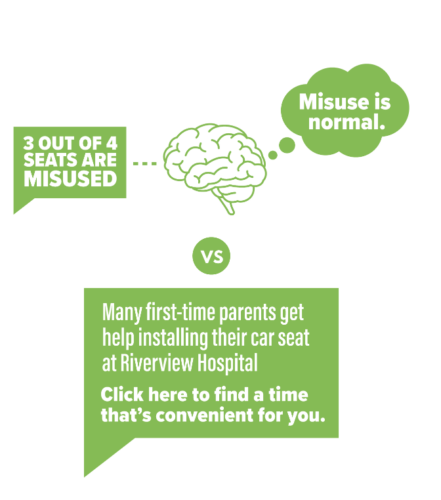
2) Don’t just tell – show norms.
You don’t have to say the norm. You can show it. Here is an example from the 988 helpline campaign in Central Maryland that used user generated content to show the experience callers had when interacting with 988. Just by having the right voices involved shows the norm that “people like me” use the helpline.
3) Use a tone of helpfulness and belonging (not pressure or judgment).
Be helpful by making the behavior easy to do. Offering tips or a simple, clear and achievable call to action for the audience. For example, if the behavior you want your audience to do is vote, don’t just say “Vote now!” (laying on the pressure) instead help them by giving them the steps and resources such as “Register to vote at [insert site] by [insert date].” And be careful to not inadvertently have a tone of judgment such as “Vote now! It’s the right thing to do!” Instead add a tone of belonging to your helpful message such as “First time voting can be confusing. You are not alone. We’re here to help get you the resources and information you need.”
To read more about applying social norms and other behavioral determinants check out our resources.
And one last tip, don’t overthink it. When in doubt, put yourself in your audience’s shoes and ask yourself “Will they feel like this content is for them? Helpful? Relevant?” and if the answer is no to any of those then adjust so the answer is yes.

Karen Ong Barone is Principal + Executive Creative Director at Marketing for Change.



